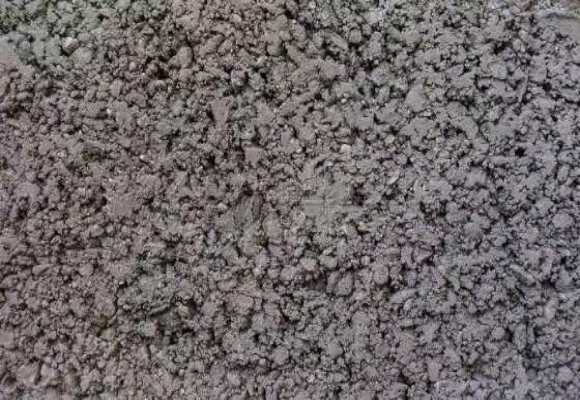Concrete admixture types are various for specific needs in the production process of concrete mixing plants. Some additives (also known as admixtures) are added during mixing. These additives can significantly improve the performance of concrete, making it meet the current engineering needs. Here are some common concrete admixture types and their effects in concrete mixing plants.

Concrete Admixture Types For Improving Liquidity
- Ordinary Water Reducing Agent
Under similar conditions of concrete slump, it can reduce the amount of water used in mixing, thereby improving the fluidity of concrete and facilitating construction operations.
- High Efficiency Water Reducer
Compared with ordinary water reducers, it can significantly reduce water consumption, further improve the fluidity of concrete and enhance the strength of concrete.
Admixtures For Regulating Coagulation Performance
- Early Strength Agent
Accelerates the early strength development of concrete, shortens the time required for concrete to reach design strength, and is beneficial for accelerating construction progress.
- Retarder
Prolongs the setting time of concrete, adjusts the setting performance of concrete to meet the needs of different construction conditions.
Concrete Additives Types For Regulating Gas Content
- Air-entraining Agent
Air-entraining agent can introduce a large number of uniformly distributed, stable and closed small bubbles during the mixing process of concrete, improving the frost resistance and durability of concrete.
- Aeration Agent
Aeration agent releases gas through chemical reactions, forming a large number of pores in concrete and improving a large number of pores in concrete and improving its insulation and thermal insulation properties.
Additives For Improving Durability Performance
- Waterproof Agent
Waterproof agent can reduce the permeability of concrete under static water pressure and improve the waterproof performance of concrete.
- Rust Inhibitor
Rust inhibitor can inhibit or reduce the corrosion of steel bars or other embeded metals in concrete, extending the service life of concrete structures.
- Antifreeze
Antifreeze can harden concrete at negative temperatures and achieves sufficient antifreeze strength within a specified time, suitable for winter construction.
Admixtures For Special Used
- Expansion Agent
Expansion agent can cause a certain amount of expansion in the volume of concrete, compensate for the shrinkage of concrete, and improve the crack resistance of concrete.
- Coloring Agent
Coloring agent is capable of preparing concrete with color that meets the aesthetic requirements of architecture.
- Rapid Setting Agent
Raped setting agent can quickly harden concrete and is suitable for construction occasions such as shotcrete that require hardening.
- Slow Setting And Water Reducing Agent
Slow setting and water reducing agent has both slow setting and water reducing functions, and is suitable for concrete construction that requires a long time to maintain fluidity.
- Early Strength Water Reducing Agent
Early strength water reducing agent has both early strength and water reducing functions, and can simultaneously meet the requirements for early strength and flowability of concrete.
- Air-entraining And Water Reducing Agent
Air-entraining and water reducing agent has both air entraining and water reducing functions, and can improve the frost resistance, durability, and flowability of concrete.
Other Additives
There are also other types of additives, such as pumping agents, alkali aggregate reaction inhibitors, etc., which each have unique functions and can meet the special requirements of different projects for concrete performance.
Overall, there are various types of additives in concrete mixing plants, each with its specific function. In practical engineering, additives should be selected and used reasonably based on specific requirements, raw material properties, and construction processes to ensure that the quality and performance of concrete meet design requirements. At the same time, attention should be paid to the control of the dosage of additives to avoid excessive use that may lead to a decrease in concrete performance or an increase in cost.

